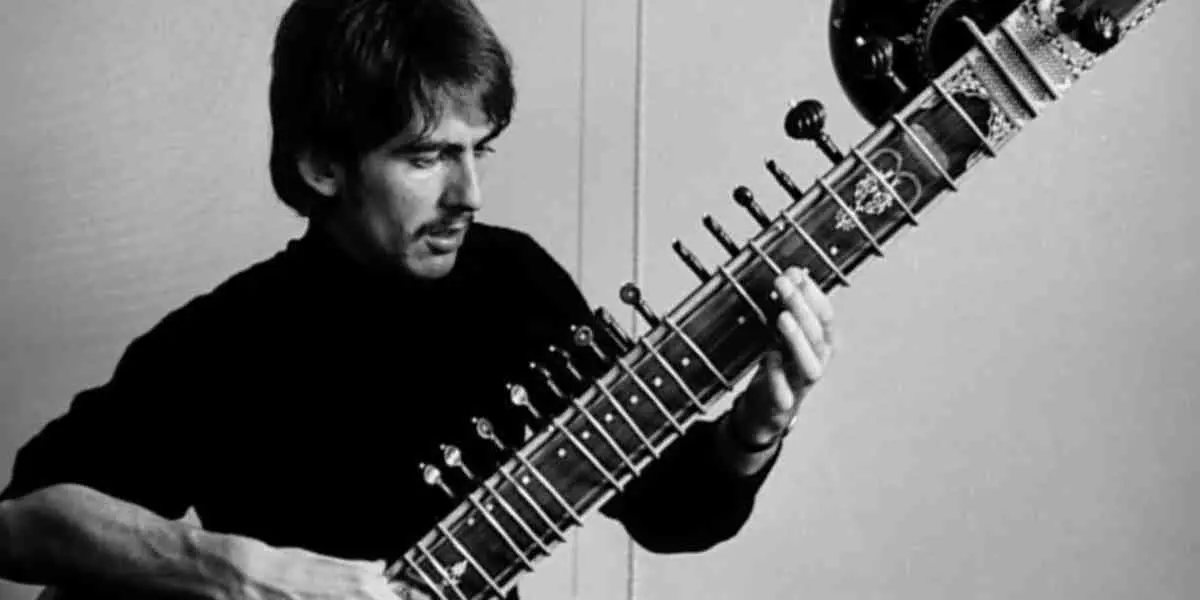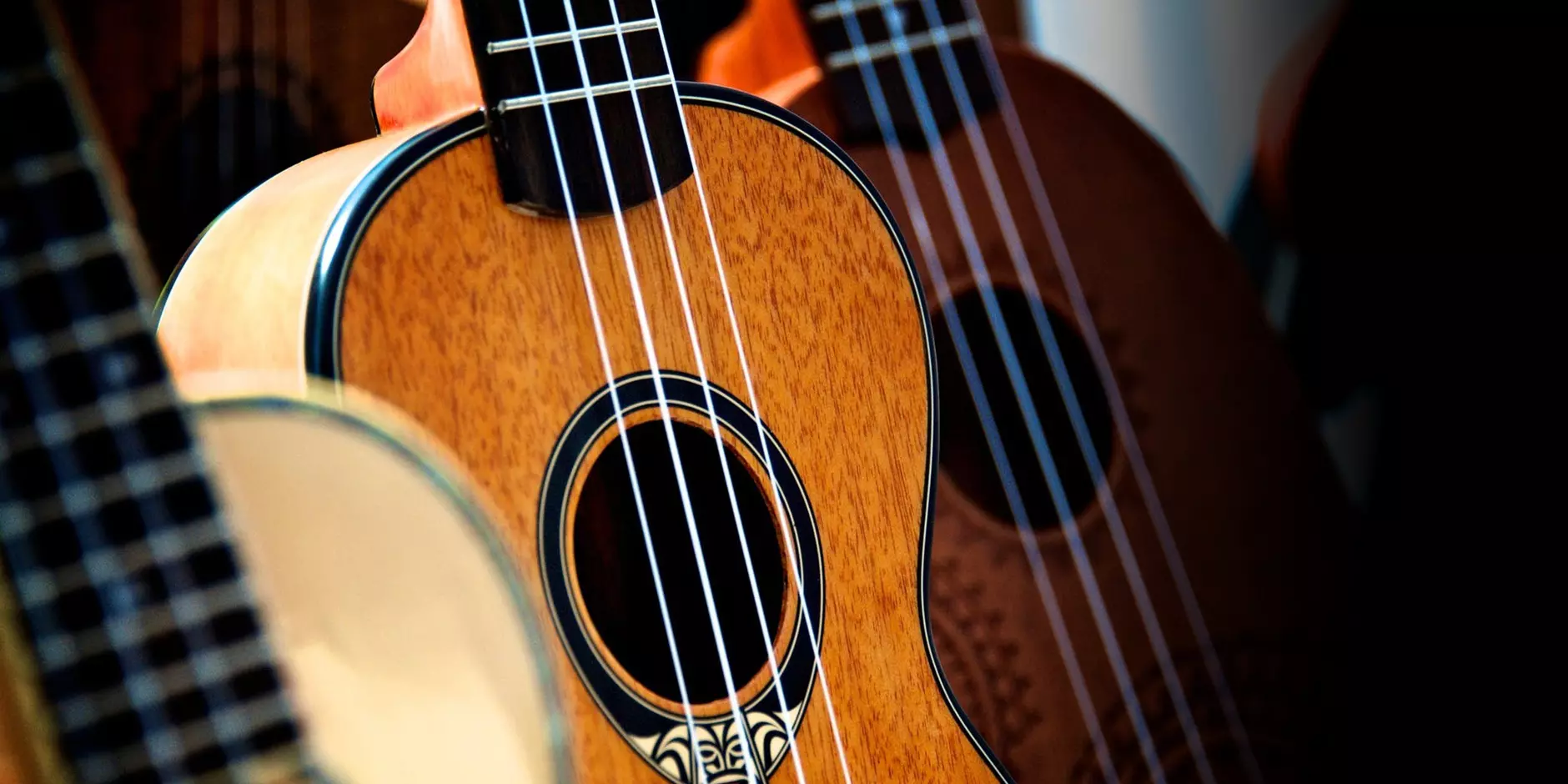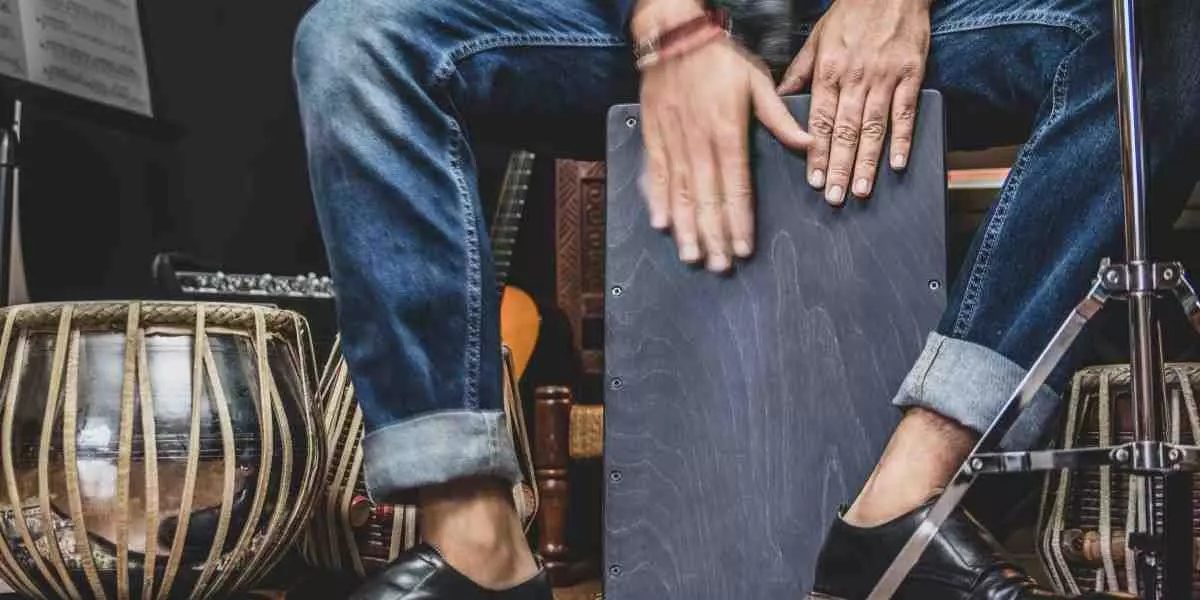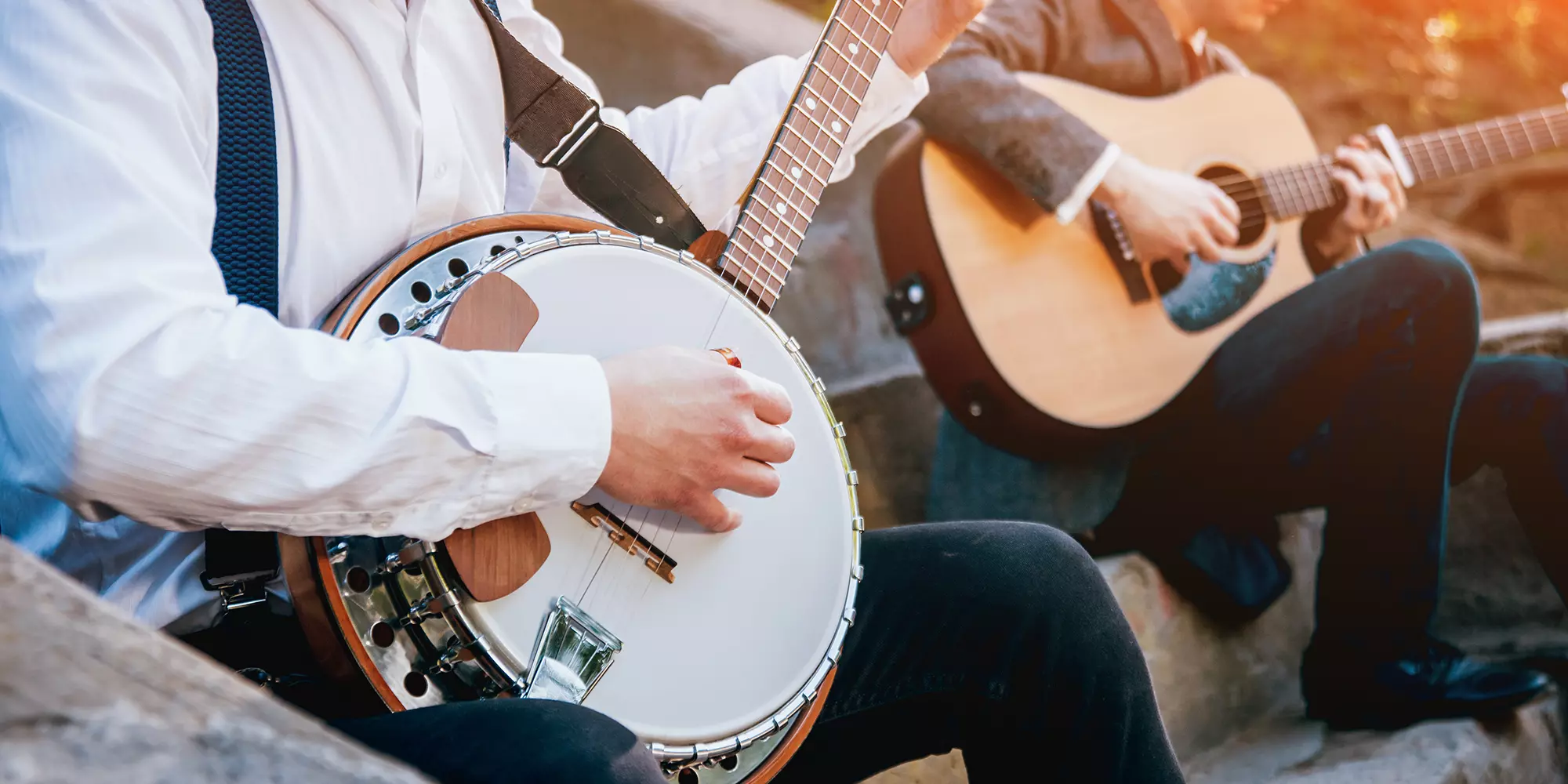Everything You Ever Wanted to Know About the Accordion (But Were Afraid to Ask)
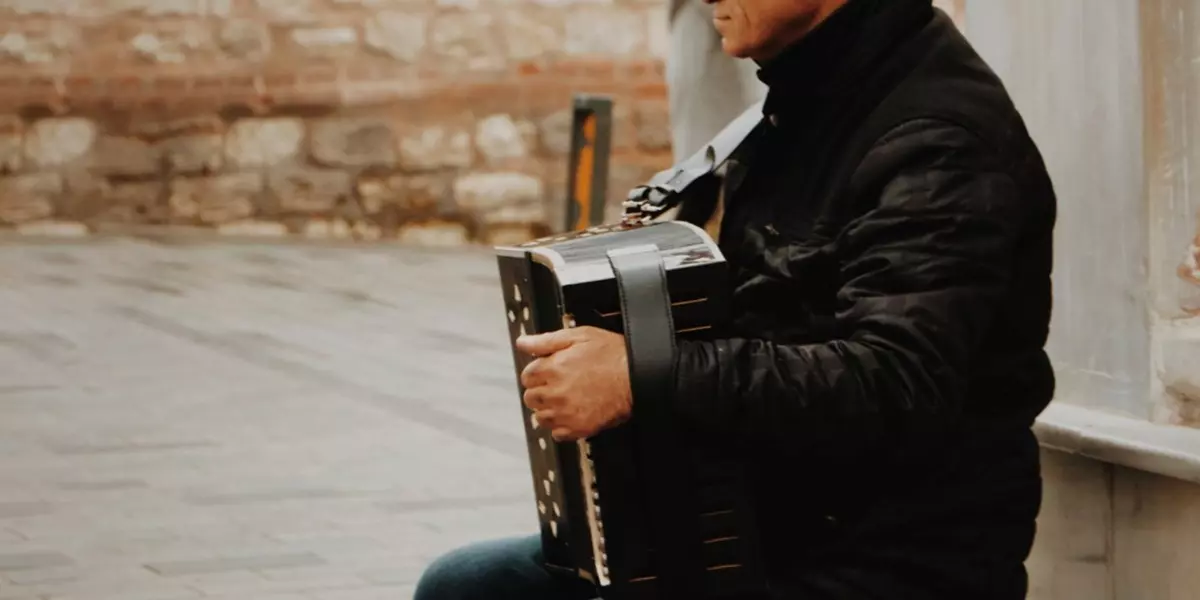
Last Updated: May 26, 2025
Of all the instruments, the accordion is undoubtedly one of the weirdest and most wonderful. It breathes. It bellows. It looks like an expandable deck of cards or horizontal window blinds. Played badly, it can be irrepressibly irritating; played well, it can be enchanting.
If you are thinking of taking up the accordion, you have chosen something that will forever make you unique, intriguing, and potentially beloved. You can begin your journey by learning something about how the accordion came to be, how to acquire one, and how to make it sing.
Where does the accordion come from?
The origins of the accordion are traceable to ancient Asian free-reed instruments. The Chinese sheng, or cheng, dates to 5000 BCE and looks like a wooden tobacco pipe that has sprouted pipes from an organ. The Laotian khen, which dates back to the Bronze Age, resembles an elaborate panpipe. These instruments inspired the free-reed mechanics of the accordions known today.
The first modern accordions came about in the 19th century. In Berlin, Christian Friedrich Ludwig Buschmann patented an instrument with expandable bellows, vibrating reeds, and a portable keyboard in 1822. In Tulov, Russia, Timofey Vorontsov may have been making accordions as early as 1820. The first person to patent an instrument called an "accordion" was Cyrill Demian in Vienna in 1829.
How much is an accordion worth?
An accordion's value depends on how well it plays, where it came from, and what it can do. Playability is crucial. An accordion that doesn't play well will only be worth a lot if the instrument is ancient and rare.
Countries like Germany, Austria, and Italy produce some of the best accordions. Western European brands tend to be higher in quality, and therefore worth more, than those of Eastern Europe and China. However, individual brands offer a range of higher-quality and lower-quality instruments.
A piano accordion is worth more than a button accordion. Although a piano accordion is not necessarily better, it has different capabilities. A larger instrument is worth more than a smaller one, but button accordions tend to be around the same price even for different sizes.
The more keys, buttons, and reeds an accordion has, the more expensive it will be. An easy way to compare is the number of bass buttons. A basic full-size accordion has 120 of them; an accordion with at least 60 is considered professional grade. An accordion with fewer than 32 bass buttons is considered more of a toy.
Check out our selection of accordions here!
How many keys are on an accordion?
A standard piano accordion has 41 keys, although they can also have a range of 25 to 45. A button accordion can have from 10 to 100 (or more) treble buttons in place of keys.
What do the buttons on an accordion do?
When the player presses a button, a pallet inside the body of the accordion allows air to move across a reed and produce sound. Depending on the type of accordion, there may be two kinds of buttons: treble and bass.
The former, available only on the chromatic or diatonic (aka button) accordion, are used to play the melody. The bass buttons, which come on all types of accordions, produce fundamental bass notes and chords.
How do you play the accordion?
To play the accordion, first, place your accordion against your chest and put your arms through the accordion straps. The keyboard (or treble buttons) should be facing outward on your right side. You will use your right hand for playing the treble notes, which will create the melody. On the other side will be the bass buttons, which will create the chords. Pressing a single button on the left side of the accordion as you pull the bellows (the part that expands and contracts) open allows air to go into the accordion.
Start by choosing one bass button in the first or second row and pressing it as you contract the bellows. You will notice that this plays a chord as you expand and contract the bellows.
A good way to orient yourself is to find C, a standard chord. Some instruments will even have a dimple or rhinestone on the button for C. Press another button near C and try creating an "oom-pah" sound by alternating between buttons as you pull the bellows in and out.
Once you can do this, try adding some notes from the keyboard or treble button side to create a melody.
If you are craving more, check your local Long & McQuade learning center to see if accordion lessons are being offered by near you. Long & McQuade offers private one-on-one lessons with professional instructors that tailor the lesson plan to your skill level.

